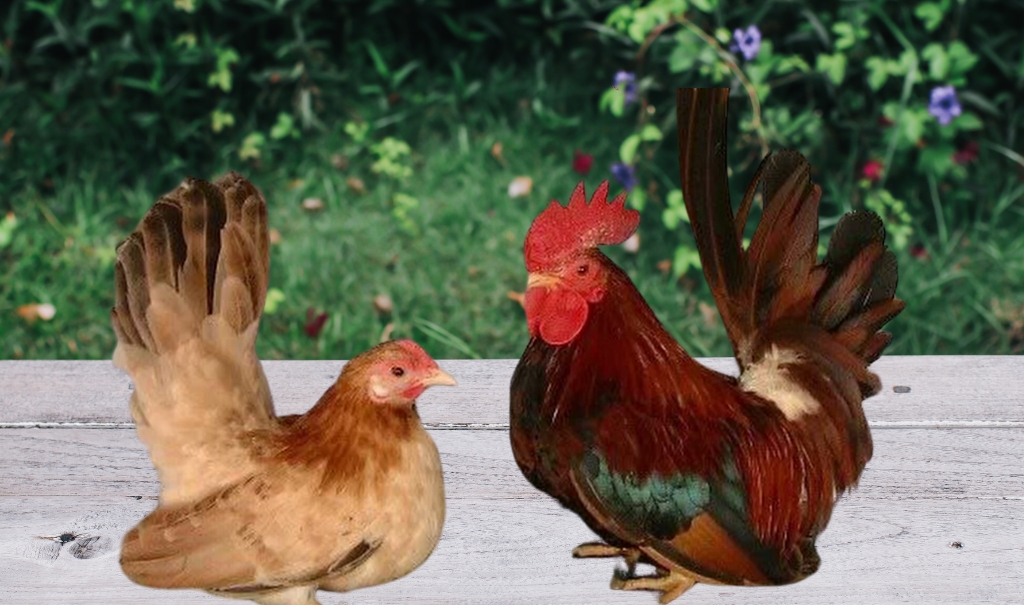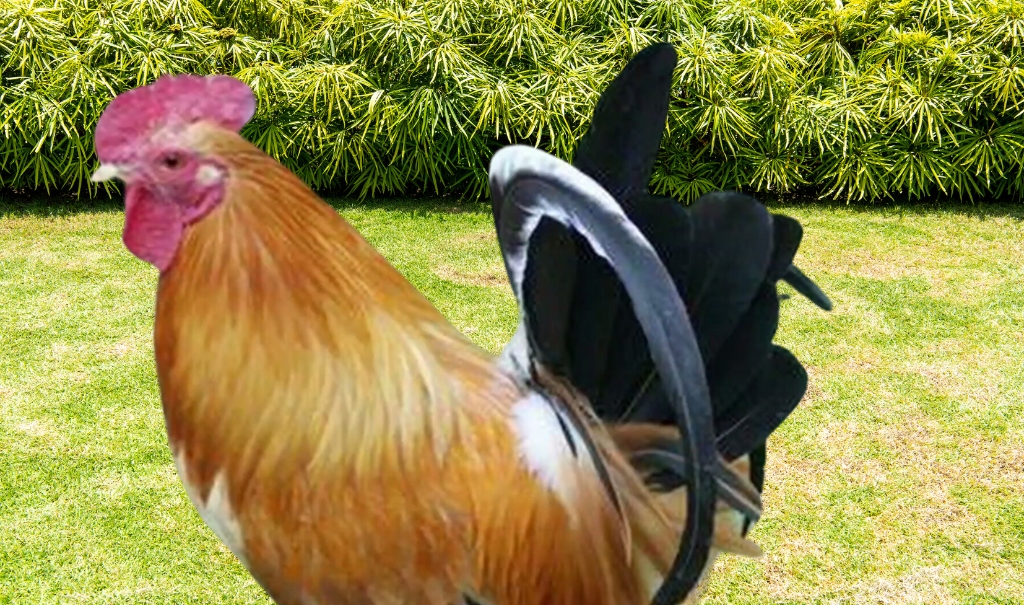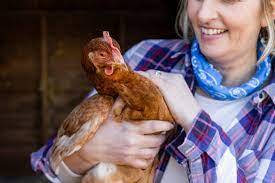Japanese Bantams are cute little chickens that have won the hearts of chicken lovers all over the world. They are different from other bantam breeds because of how they look and the things that make them special. Whether you’ve kept chickens before or this is your first time, Japanese Bantams have something special you can’t refuse.

Origin and History of Japanese Bantams
These Bantam has a history stretching at least for more than 400 years. The first forms were bred in Japan for the purpose of protecting temples and becoming divine birds. People of Japan addressed them as ‘Chabo,’ and they had a high regard for them because they were very stylish and had a friendly disposition. When they were introduced in Europe especially in the 1600s, they were preferred as show birds due to their small size as well as their appearance.
Physical Characteristics
These Bantams are a breed of small chicken. The following are physical characteristics:
Men weigh 1.1 to 1.3 kg, and women weigh 0.88 to 1.1 kg. They have short, strong legs and large tail. Their hair is short, pea-shaped, and stands straight up. Feathers are soft and fluffy, and they come in many colors and designs, such as solid, mottled, and speckled. It has small, well-furred wings that are held high. Their breasts are wide and curved, and their beaks are short and straight.

What are the Unique Features of Japanese Bantam?
Here are these unique features of these Bantam:
- Short Legs: Their bodies look like they are resting right on the ground because their legs are so short. This makes them limp when they walk, which makes them stand out.
- Large Tail: The tail is big, stands straight up, and often fans out in a beautiful show. This trait shows up more in roosters than in other birds.
- Colour Varieties: Japanese Bantams come in black, white, grey, and buff, among other colors. Its body is white, and its tail feathers are black. The Black-tailed White is the most common type.
These unique traits make these Bantams a well-known and popular breed among chicken lovers.
What are the types of Japanese Bantams?
These Bantams come in several varieties, including:
- Color Varieties: Black, White, Black-Tailed White, Mottled, Speckled, Buff, Silver, Golden, Blue
- Pattern Varieties: Solid, Mottled, Speckled, Ticked, Spangled
- Comb Varieties: Pea Comb, Single Comb
- Recognized Standards: The American Bantam Association (ABA) and British Poultry Standards recognize these varieties.
Note: Some sources may group these varieties differently, and local breed clubs may recognize additional types.
Care and Maintenance
Caring for these Bantams is relatively straightforward, but due to their unique build, there are some specific requirements to consider.
Housing Requirements
These Bantams don’t need a lot of room because they are small. Because they have short legs, though, they should be kept somewhere dry to keep them healthy. A coop with lots of clean bedding and good airflow is best.
Feeding Needs
The Japanese Bantam doesn’t eat much. They will stay healthy if they eat fresh fruits and veggies along with high-quality poultry feed. They should not be given big seeds or grains because they can be hard to eat.
Grooming Tips
Bantams don’t need to be groomed often, but you should keep an eye on their feathers, especially around the vent, to make sure they’re clean. If they get too dirty, they may need to be bathed every so often.
Temperament and Behavior
Japanese Bantams are known for being friendly and interested. They are friendly birds that like to be around people and get along well with other chickens. Even though they are small, they have big personalities and can talk a lot.
Are Japanese Bantams good layers?
Bantams from Japan aren’t known for being good layers. A small number of eggs, about 50 to 80 per year, is what they usually lay. The main reason they are kept is for decoration, not to lay eggs.
What age do Japanese bantams start laying eggs?
Most Bantams begin laying eggs when they are 5 to 6 months old. But the exact date can change based on things like the dog’s diet, its environment, and how each dog in the breed is different. Their egg production stays pretty low.
Why do Japanese Bantams stop laying eggs?
Bantams may stop laying eggs when they get old or stressed, the seasons change, or they molt. Not getting enough food, not having enough sunshine, or being sick can also change when they lay their eggs. Making sure they get the right care and live in a stress-free space helps them keep laying eggs.
Are Japanese bantams good for kids?
You can keep a these Bantam with your kids because they are friendly and small. They’re easy to take care of and make great pets. But because they are fragile, they need to be handled carefully so they don’t get hurt.
Why Keep Japanese Bantams?
Japanese Bantams are great pets because they are friendly and easy to handle. They work great in small areas like backyards or gardens in cities. Their unique look and low care needs make them a great choice for new and experienced chicken keepers.
Conclusion
Japanese Bantams are a great addition to the group of any chicken lover. They are different from other chicken types because of how cute they look, how friendly they are, and other unique traits. With the right care and attention, they can grow well and become a beloved part of your garden.
FAQs
Are Japanese Bantams good for beginners?
Yes, these Bantams are suitable for beginners due to their friendly nature and low maintenance needs. However, their unique body structure requires special care, so new keepers should know their needs.
Do Japanese Bantams lay eggs?
Yes, they do lay eggs, but they are not prolific layers. Bantam hens typically lay small white or cream-colored eggs, but not as frequently as other breeds.
How long do Japanese Bantams live?
Japanese Bantams can live up to 8-10 years with proper care. A healthy diet, a clean living environment, and regular health checks are essential for a long and happy life.
What is the ideal environment for Japanese Bantams?
Bantams thrive in a dry, clean environment. Their coop should be well-ventilated with plenty of clean bedding to keep their legs and feathers in good condition.
Can Japanese Bantams fly?
Yes, despite their short stature, Japanese Bantams can fly short distances. To prevent them from flying out of their enclosure, it’s advisable to have a covered run or high fencing.


